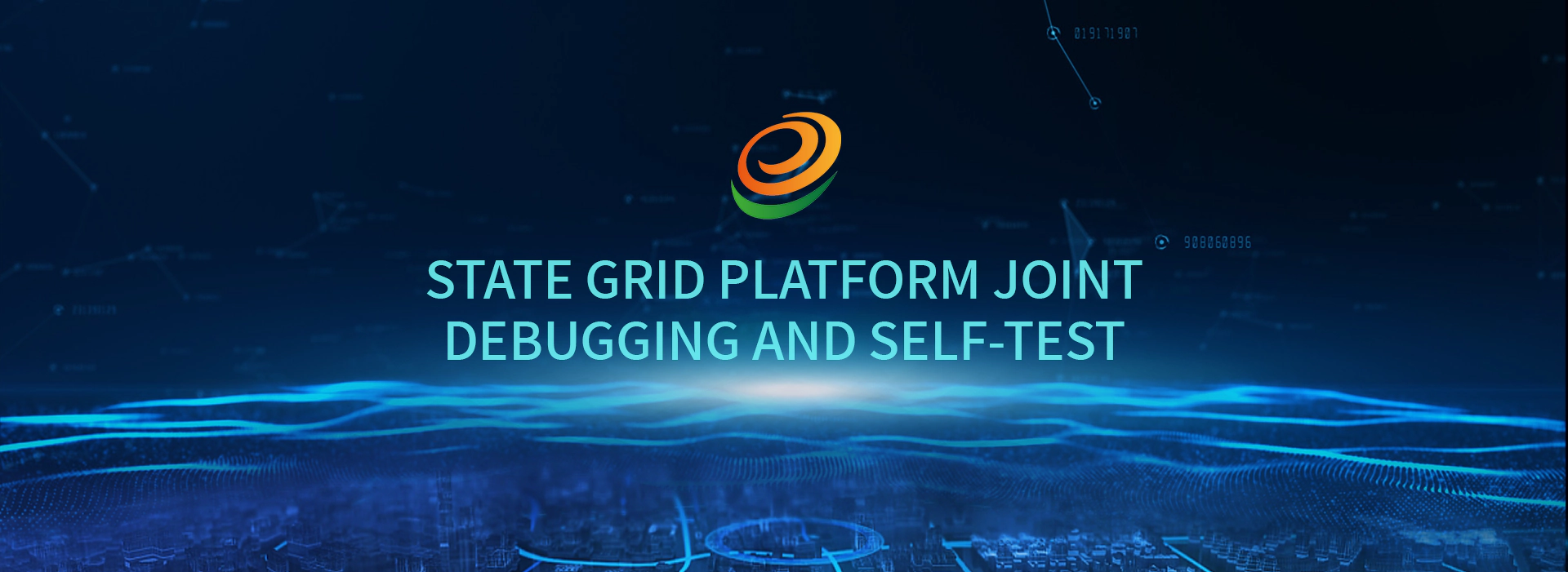State Grid platform joint debugging and self-test
To connect EV chargers to the State Grid e-Charging platform, manufacturers must first complete integration testing and self-testing. This process ensures compatibility and stability between the charging equipment and the platform. By utilizing our State Grid Protocol 4G Gateway, EV chargers can achieve rapid integration, streamline the connection process, and fully comply with the communication standards required by the State Grid.

▶ Advantages of Using the State Grid Protocol 4G Gateway
1. Plug-and-Play Capability: The gateway supports quick integration without requiring significant hardware modifications, reducing technical barriers and costs.
2. Flexible Networking Options: It offers multiple connectivity methods, including 4G SIM cards, Ethernet, and optional Wi-Fi, making it adaptable to various deployment scenarios.
3. Data Security and Compatibility:
- Adheres to State Grid’s encryption standards to ensure secure data transmission.
- Fully supports communication protocols like GB/T 27930 for seamless interaction with the State Grid platform.
▶ Integration Testing and Self-Testing Process
1. Device Preparation:
- Connect the 4G gateway to the EV charger and ensure power supply.
- Configure the testing environment, including server addresses and ports.
2. Communication Testing:
- Use protocol analyzers to simulate charging scenarios, sending test messages to verify compliance with communication protocols.
- Check data consistency and accuracy in reports sent by the EV charger.
3. Functionality Validation:
- Test critical operations such as starting/stopping charging, synchronizing billing models, and real-time monitoring.
- Ensure accurate and stable data exchange with the State Grid platform.
4. Performance Testing:
- Simulate high-traffic conditions to evaluate system stability and response times.
- Collect output parameters (e.g., voltage, current) to confirm compliance with performance benchmarks.
5. Issue Resolution:
- Analyze test results for potential issues like communication interruptions or parameter mismatches.
- Adjust hardware configurations or software logic as needed.
6. Submission of Test Reports:
- Compile detailed test results, including successful cases and identified issues, for review by the State Grid.
▶ Post-Integration Benefits
- Faster Deployment: Upon passing integration testing, EV chargers can be officially connected to the e-Charging platform and made available on the “e-Charging” app for users.
- Increased Utilization: Nationwide interoperability boosts usage rates across diverse locations.
- Enhanced Management: Remote monitoring and data analytics improve operational efficiency while reducing maintenance costs.
By completing integration testing with our State Grid Protocol 4G Gateway, EV chargers can quickly connect to the e-Charging platform. This solution not only accelerates deployment but also enhances equipment utilization and operational efficiency, ultimately delivering a more convenient and reliable charging experience for users.
